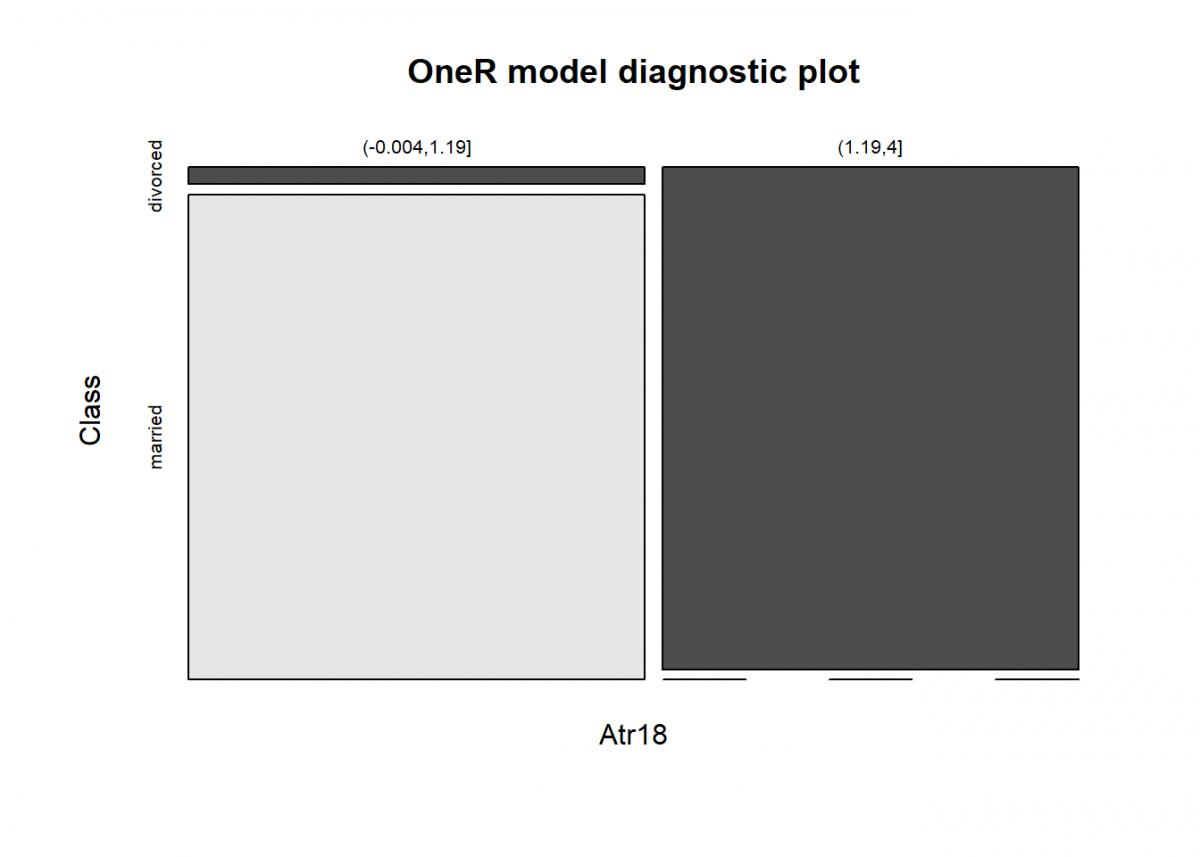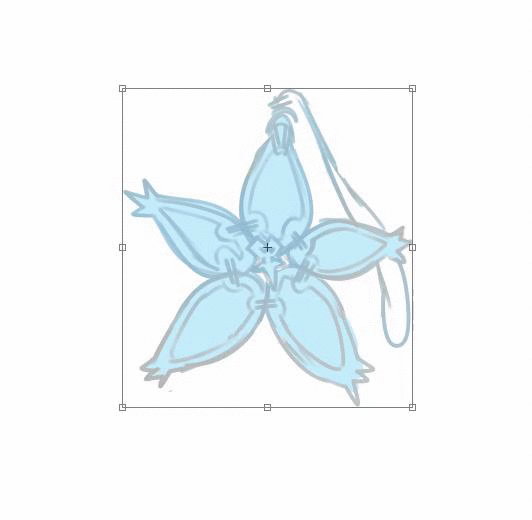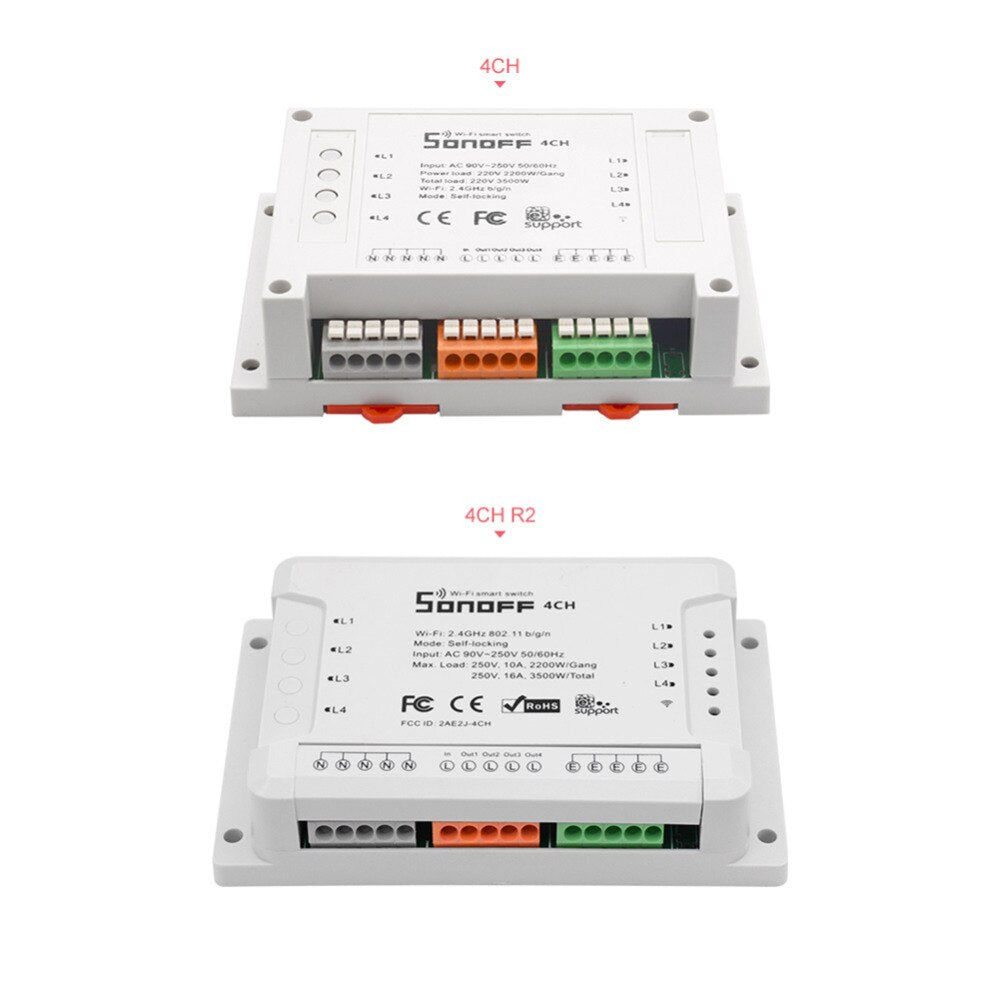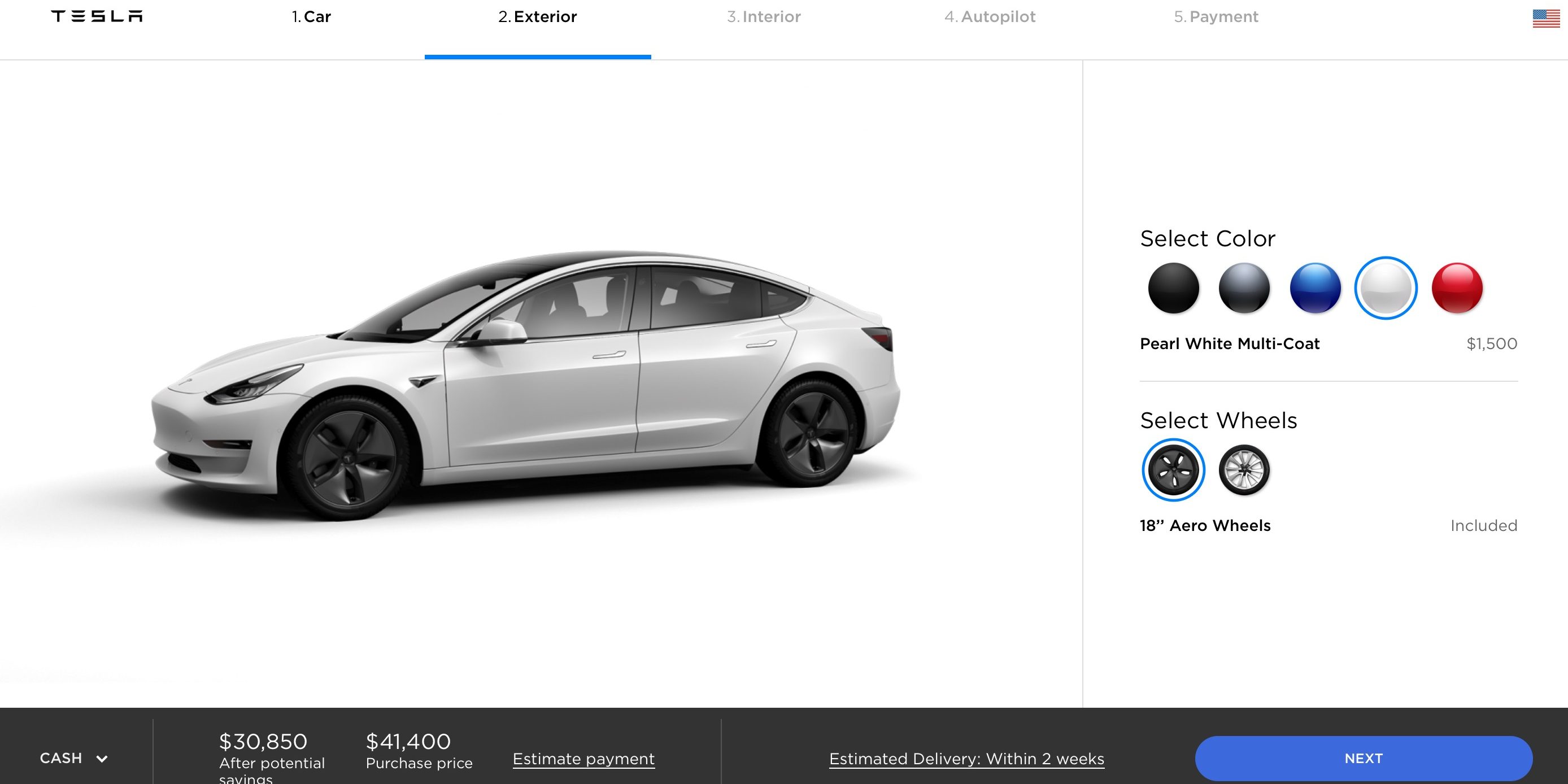Tkinter is the most commonly used Python interface for faster and simpler ways of making GUI functions. In this subject, we are going to find out about Kivy vs Tkinter. Resize the window, and notice that the sizes and positions of the buttons replace routinely. This occurs as a end result of the BoxLayout repositions and resizes its kids when its personal dimension adjustments, and since it is the root widget its own measurement tracks that of the window. For this reason, you'll want to use Layouts like BoxLayout on an everyday basis to automatically place issues, though you can even create your individual computerized bindings . For this purpose, you'll need to use Layouts like BoxLayout on a daily basis to automatically place things, although you can even create your own automated bindings . But observe that in Kivy, there are widgets that do the identical function as different widgets, which imply the identical function, however the name is totally different for the widgets. This model makes use of inheritance to create a new subclass of App called WeatherApp. This is the applying you'll be growing on this e-book. You didn't really add something to the new class, so it behaves exactly the same as the previous version.
However, you'll be extending it a lot in subsequent chapters. It also wraps the call to App.run in an if statement to make positive that this file could be imported from inside different recordsdata later in the e-book. More importantly, now you can use the KV language to add some real person interface parts to that black window. If the developer needs to develop solely desktop applications, then Tkinter is healthier and is consumer pleasant with a variety of easy to be taught widgets and its documentation. Here, you import BoxLayout from kivy.uix.boxlayout and instantiate it. Then you create an inventory of colors, which are themselves lists of Red-Blue-Green colors. Finally, you loop over a range of 5, creating a button btn for each iteration. To make issues a bit extra fun, you set the background_color of the button to a random shade. You then add the button to your structure with structure.add_widget. The subsequent couple of tutorials will transfer to a new application in order to showcase some extra of Kivy's core parts. In this tutorial we'll cover canvas directions, Kivy's low stage drawing API which is all the time out there. The only factor that I really feel needs to be explained is the onNextScreen methodology. This shall be referred to as from our kv file which we are going to create in only a moment, and its sole function is to switch screens and add the current screen it's in to list_of_prev_screens. This variable will maintain a document of visited screens so that we will go to them when the consumer presses the beloved back button. You point out you want to use kivy language and never python. You must do some python to get this end result, and I do not see a way around that (it's probably not the area of the kv language).
Kivy is a cross-platform Python framework for rapid development of purposes that make use of revolutionary consumer interfaces, similar to multi-touch and so forth. In this article, we present the means to build a responsive popup window with scrolling functionality. Kivy is a cross-platform, free and open-source python library for creating multi-touch purposes with a natural consumer interface. Kivy runs on supported platforms like windows, OS X, Linux, Raspberry Pi, Android, and so forth. After reading this, you must have a great understanding of what Kivy is and how you need to use it. You ought to understand how to create desktop apps and cellular apps by building layouts using the .kv language. Additionally, you must know the means to use the plyer package deal to access cross-platform options and hardware gadgets. Inside that .kv file, you need to specify the layout of your app, together with elements just like the label, buttons, varieties, and so forth. This tutorial has introduced the basic use of canvas directions, including the notion of mechanically updating them in response to gui adjustments, thanks to event binding. This is a crucial constructing block for building complex purposes. The key concept here is the bind technique, which you ought to use with any Widget, as well as several different Kivy objects . The bind technique makes sure that each time on_press happens, the function is recognized as. It routinely receives a single argument, the binded widget instance. The Hello() constructor initializes the body by first calling the superclass constructor, passing the parameter "hello", which is used because the window's title. Next, a JLabel is created for the string "Hello, world!" and the add methodology inherited from the Container superclass known as to add the label to the body. The pack() method inherited from the Window superclass known as to size the window and lay out its contents. Swing was developed to offer a more refined set of GUI components than the sooner Abstract Window Toolkit . It has extra highly effective and versatile parts than AWT.
In addition to acquainted elements corresponding to buttons, verify boxes and labels, Swing offers several advanced elements similar to tabbed panel, scroll panes, timber, tables, and lists. It permits Python programmers to create programs with a strong, highly functional graphical person interface, simply and easily. It is implemented as a set of Python extension modules that wrap the GUI parts of the favored wxWidgets cross-platform library, which is written in C++. Another GUI framework that we're going to discuss is identified as Kivy. Kivy is an Open source Python library for the fast development of functions that make use of progressive consumer interfaces, such as multi-touch apps. Tkinter offers various widgets corresponding to labels, buttons, text bins, checkboxes which are utilized in a graphical user interface utility. Kv language permits you to create the widget tree in a declarative method, it allows very fast prototypes and agile modifications to the UI. It also helps by separating the logic of the appliance from the user interface. The button is a label with actions that get triggered when a button is pressed. To configure a button, the identical settings are used as that of a label. It modifications state when clicked, and we will even add properties or bind some actions to the button as well. Once you've a .kv file ready, you want to load it in your application. By default, it tries to map your app class to a .kv based off of the name. For instance, in case your app is named PracticeApp it will look for a file namedpractice.kv. I prefer to be extra express and use kivy.lang.builder.Builder.load_file()to load a particular file. Alternatively, if you don't need to use a file in any respect, you possibly can usekivy.lang.builder.Builder.load_string() to load a string with the Kv contents. Hence the installation-wise Tkinter is healthier when compared to Kivy, which is complicated to learn and set up for builders generally.
It would not be difficult to alter the labels within the root widget to some buttons and textual content bins to create the Add Location form I have in mind. But that might make things quite sophisticated later, when you have to take away all these widgets from the view to put other knowledge on display. Further, if the user later wanted to add one other location, it might be tough to restore all of the Add Location widgets. This is a very simple KV language file that creates a model new Label object and sets its textual content to the infamous Hello World string. If you now run the python primary.py command, you will see the window pop up, still with a black background, but in addition with the textual content displayed in its center, as shown in Figure 1-1. You can set up all of your widgets and layouts inside one or more KV language information. The KV language also supports importing Python modules in KV, creating dynamic lessons, and much more. For full details, try Kivy's information to the KV Language. This hasn't but arrange the occasion binding, but the full widget tree has been constructed entirely using the kv syntax described above. The structure is set to null using the Container.setLayout technique since JFrame makes use of java.awt.BorderLayout as its default layout-manager. With BorderLayout anything which is added to the container is positioned in the center and stretched to accommodate another widgets. Of course, most real world GUI purposes would prefer to make use of a layout-manager as an alternative of putting every thing on absolute co-ordinates. The main() method is called by the Java virtual machine when this system starts. It instantiates a new Hello frame and causes it to be displayed by calling the setVisible technique inherited from the Component superclass with the boolean parameter true. The code makes use of the invokeLater method to invoke the constructor from the AWT event dispatching thread so as to make sure the code is executed in a thread-safe manner. Swing launched a mechanism that allowed the look and feel of every element in an application to be altered with out making substantial adjustments to the application code. Originally distributed as a individually downloadable library, Swing has been included as part of the Java Standard Edition since launch 1.2. The Swing lessons and elements are contained in the javax.swing bundle hierarchy.
Break in lua the method to execute scripts when a button gui is pressed roblox. As our utility grows extra advanced, it turns into difficult to maintain the construction of widget tress and specific declaration of bindings. To overcome these shortcomings, kv language is an alternate, also referred to as kivy language or kvlang. In this part, you will be taught to add an image to a button. We might be utilizing Kv language for the primary time to create our widgets as an alternative of instantiating them from code. Random number app is generatedNotice that you just didn't should import something additional for the Kivy file to work. Basically, if you run the app, it returns boxlayout by in search of a file inside the Kivy file that has the same name as your class. Keep in thoughts, this is a easy interface, so you can also make your app as robust as you want. Be positive to take a glance at the Kv language documentation for concepts. In this code, you call button.bind() and link the on_press occasion to MainApp.on_press_button(). This methodology implicitly takes in the widget occasion, which is the button object itself. Finally, a message will print to stdout each time the person presses your button. A widget is an onscreen control that the person will interact with. All graphical user interface toolkits include a set of widgets. Some frequent widgets that you might have used include buttons, combo boxes, and tabs. These libraries are all main gamers within the Python cell area. However, there are some benefits you'll see if you choose to create mobile functions with Kivy. Not solely will your application look the same on all platforms, but you also won't must compile your code after every change. What's extra, you'll be able to use Python's clear syntax to build your functions.
Kv language works by writing guidelines for Widget courses, which will be automatically applied each time you instantiate one. We can use kv for nearly everything added to the app so far, but this time we'll assemble the gui step by step to see how every half is added with the new kv syntax. We'll be writing a kv rule for the newInterface class. It's because of this that Kivy comes with kv language, a easy but powerful language specifically designed for creating Kivy widget timber. If learning a new language sounds worrying...do not be concerned! Kv would not have a lot particular syntax and is focused specifically at Kivy widgets, and far of the code you write is definitely regular Python (we'll see that soon). When creating purposes, we cannot overlook an element that is current in virtually every part of the applying. That is the button.Kivy is an unbiased GUI tool in Python that can be used to create Android, IOS, Linux, and Windows purposes. Kivy offers the functionality to write down the code for once and run it on totally different platforms. Though, most purposes constructed on kivy are Android purposes we can use it for desktop functions as properly. Swing's heavy reliance on runtime mechanisms and indirect composition patterns allows it to reply at run time to fundamental modifications in its settings. For example, a Swing-based utility is capable of hot swapping its user-interface throughout runtime. 27 Mar 2015on kivy This is a observe up post to my previous one the place I focus on how to seize the again button press in Kivy. In this publish we will go over an example on tips on how to use that knowledge to verify if we can go back to any previous screen, similar to some other common Android/iOS app. The button control widgets are used to display and develop purposes whereas the canvas widget is used to attract shapes like traces, polygons, rectangles, etc. in the utility. Furthermore, Tkinter is a built-in library for Python, so you don't need to install it like other GUI framework. PyQt is a mature set of Python bindings to Qt for cross-platform growth of desktop apps. In python add three years to a given date in python code add a button on tkinter add a column. The first step after the set up is to make a .spec file using buildozer.
This file will contain all of the parameters you need while building your utility. The following command will create a .spec file with default values. Stencil view limits the drawing of the kid widgets to a stencilview's bounding box. The stencil view is greatest used after we are drawing in canvas and it limits the actions to a restricted area within the application rather than the entire window. In the primary instance we just returned a single root widget, the button. You can use methods like .add_widget() to pack in nested widgets, but it might be tedious to do all of the layout building programmatically. In this part, you will learn how to create a button, change the color of a button, enable/disable, tips on how to add an image on the button, and how to change its size & place. By default, the BoxLayout locations every of its youngster widgets aspect by aspect, from left to right, giving each an equal quantity of area. Since you haven't accomplished something to change the defaults, this is what occurs whenever you render the KV file. If you now run python primary.py, it will render three labels, as shown in Figure 1-3. Finally, you may make customized widgets of your personal by extending the Widget class and applying KV language rules to describe how the widget ought to look. One is to create customized drawing commands to render graphics on to the widget canvas. The other is to compose a number of primitive widgets into something extra complicated; that's what you'll be doing in this chapter. Note that you can additionally set up msysgit to get a programmer-friendly command-line interface . If you might be utilizing this package deal, you'll must run source kivyenv.sh as a substitute of the kivy script. This code may look a bit odd at first look, as it creates a Button without setting any of its attributes or binding it to any occasions.
What's happening right here is that Kivy will mechanically look for a file that has the same name as the category in lowercase, with out the App part of the class name. Every Kivy application needs to subclass App and override build(). This is the place you'll put your UI code or make calls to other features that define your UI code. In this case, you create a Label widget and move in its textual content, size_hint, and pos_hint. This introduces a few new ideas; the GridLayout is a model new structure class that arranges its youngster widgets in a grid. We've set its cols property to four, which signifies that every four widgets we add it will start a brand new row. Since we add sixteen buttons altogether, that's four rows of 4. Now that our button appears a bit higher, we now transfer on to functionalities. However, including functionalities in kivy is done using one other technique often known as the bind() function. The bind function receives the outcomes of the function call talked about in it and when the button is pressed it executes the outcome of the function callback. We've set its cols property to 4, which means that after every 4 widgets we add it'll start a new row. Since we add sixteen buttons altogether, that's 4 rows of four. Try adding an extra button or two to grasp exactly how it's working. The term Widgets are most incessantly used in GUI programming to explain that part of this system which interacts with a user. In kivy, widgets are works as an object that receives enter occasions. All widgets are arranged within the type of a widget tree. One widget may comprise any variety of youngster or none youngster.
Therefore, whenever you press the image, `Clock``` is moved as quickly as to replace the screen. In this article, we are going to focus on how we can create buttons utilizing the .kv file. We'll also type the buttons a bit and also outline tips on how to bind the button to the callback. The factor is that the bind methodology doesn't know concerning the existence of a function or its arguments, it only receives the outcome of this function call. As within the given code when the button is pressed it prints that "button pressed" def in the function callback. Notice how all instantiation and dealing with of Swing parts are accomplished by creating an occasion of the category, which implements the Runnable interface. This is then run on the Event Dispatch Thread by use of the strategy SwingUtilities.invokeLater), created in the principle methodology . Swing is a component-based framework, whose components are all ultimately derived from the JComponent class. Swing objects asynchronously hearth events, have sure properties, and respond to a documented set of methods particular to the component. Swing components are JavaBeans components, compliant with the JavaBeans specification. PyQT5 is a graphical consumer interface framework for Python. It could be very well-liked among developers and the GUI can be created by coding or a QT designer. A QT Development framework is a visible framework that enables drag and drop of widgets to construct user interfaces. This brings us to the top of this text the place we have realized how we are in a position to make multi-touch applications using python's kivy library. I hope you are clear with all that has been shared with you on this tutorial. We can add animations in a kivy utility using the animation or animationTransition to animate widget properties. In the instance, the rectangle moves to a random location with each click on the rectangle. It acts like a checkbox if you touch or click it, the state toggles.


































